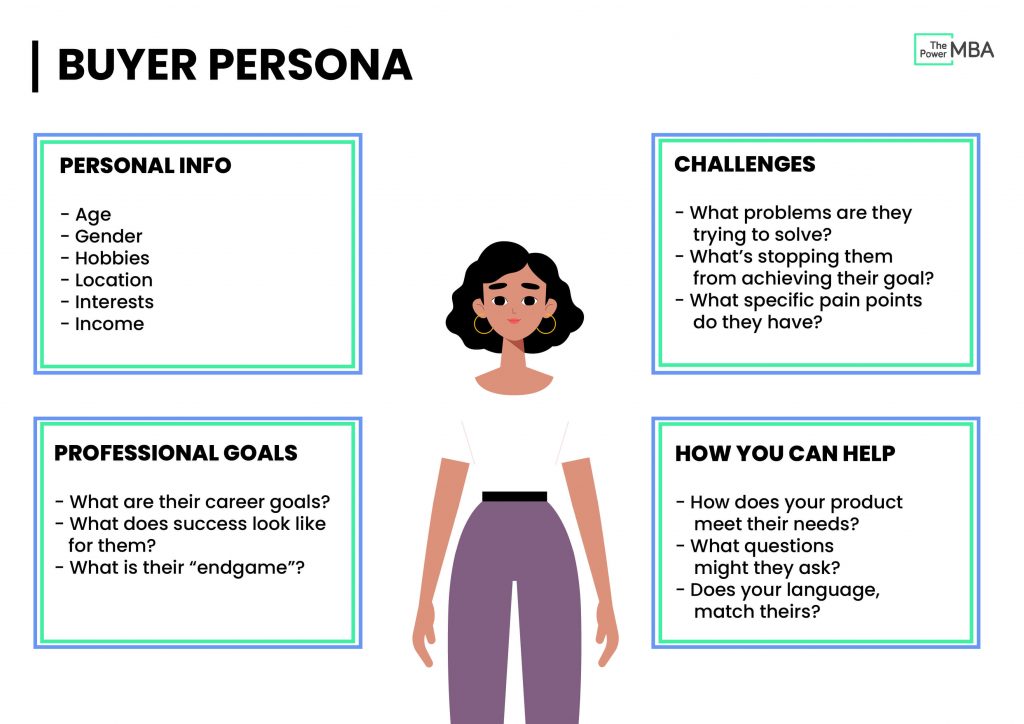If you want people to visit your website and buy from you, you need to know what they want and understand what makes them tick. You need to know their needs and goals but also their motivations and objections when it comes to purchasing your products or service.
In short, you need to understand your customers.
A customer persona isn’t an actual person and should not be based on one single customer. It should represent your customer base and be created using real and accurate data on your customers. Normally, the persona will include information such as age range, gender, employment, and income but also their needs, wants, and objections in relation to your business.
Table of contents:
THE IMPORTANCE OF USER RESEARCH IN CREATING CUSTOMER PERSONAS

User research is not only integral to increasing online conversion but also building your customer personas – how can you make educated, informed changes to improve your website if you have no research to base them upon? User research allows you to get insights into how future customers might feel when using your site, how they react to different messaging and what their objections might be.
There are a myriad of different user research techniques that you can use:
- Face to Face / One to One – bringing customers in and speaking to them directly. This allows you to focus on open-ended questions to understand what motivates them.
- Email – surveys/questionnaires can be sent to a substantial amount of customers quickly and easily (and can be completed at the user’s convenience)
- Online – online surveys can be presented to customers while they are browsing your site, so the timing is perfect. You can trigger these surveys based on the page the customer is looking at or a number of other events such as ‘exiting’ your site (asking if they found what they were looking for)
Personas theoretically can be completely based on qualitative data but using quantitative data as well will add more weight. Once your user research has been compiled, this is a perfect opportunity to develop your customer personas further to include their intentions on visiting your site and what their possible objections might be. Identifying these intentions and objections can help you to develop tailored, engaging landing pages for each user group.
IMPLEMENTING CUSTOMER PERSONAS EFFECTIVELY
Now that you have created your different customer personas, you can now craft a user experience on your site that speaks directly to each one. This means no more generic content that makes customers feel like they’ve seen what you have to offer before. No more one-size-fits-all approach. Some customers will want to be on and off your website quickly – they know what they want and just want to buy it – therefore a neat filtering feature that allows the customer to identify the right product for them quickly may be an option. Other customers will take careful consideration when making a purchase, so the option to explore a plethora of information and potentially ‘view and compare’ in order to come to a decision may be necessary. Customers should be landing on the right page for their intentions (not just the homepage) and the content on that page should be focused on their primary needs.
Here is some further reading on why using customer personas is invaluable in providing a fantastic online experience.
Using customer personas in the research phase, before testing, and before any changes are implemented, gives you the best opportunity to see an increase in your conversion rate & improvement all across your business.







